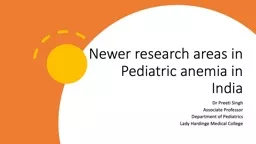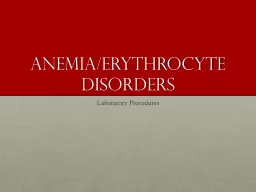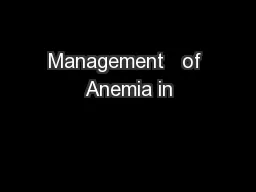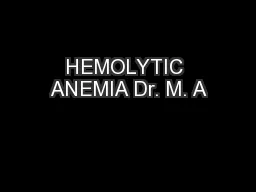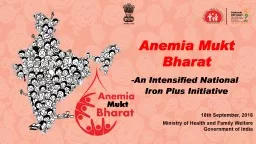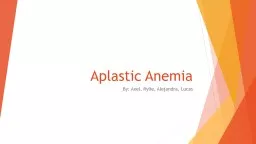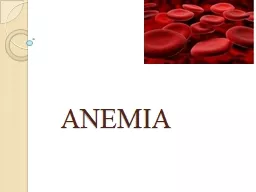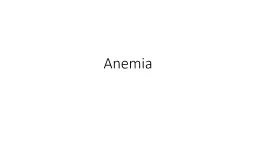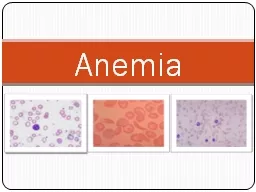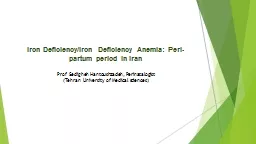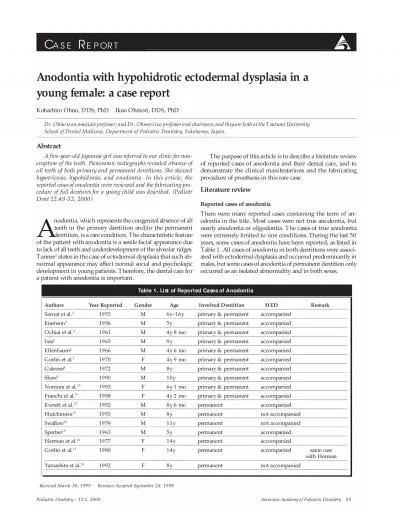PPT-Newer research areas in Pediatric anemia in India
Author : barbara | Published Date : 2022-06-07
Dr Preeti Singh Associate Professor Department of Pediatrics Lady Hardinge Medical College Outline Magnitude of anemia in India Trend analysis of prevalence of
Presentation Embed Code
Download Presentation
Download Presentation The PPT/PDF document "Newer research areas in Pediatric anemia..." is the property of its rightful owner. Permission is granted to download and print the materials on this website for personal, non-commercial use only, and to display it on your personal computer provided you do not modify the materials and that you retain all copyright notices contained in the materials. By downloading content from our website, you accept the terms of this agreement.
Newer research areas in Pediatric anemia in India: Transcript
Download Rules Of Document
"Newer research areas in Pediatric anemia in India"The content belongs to its owner. You may download and print it for personal use, without modification, and keep all copyright notices. By downloading, you agree to these terms.
Related Documents

